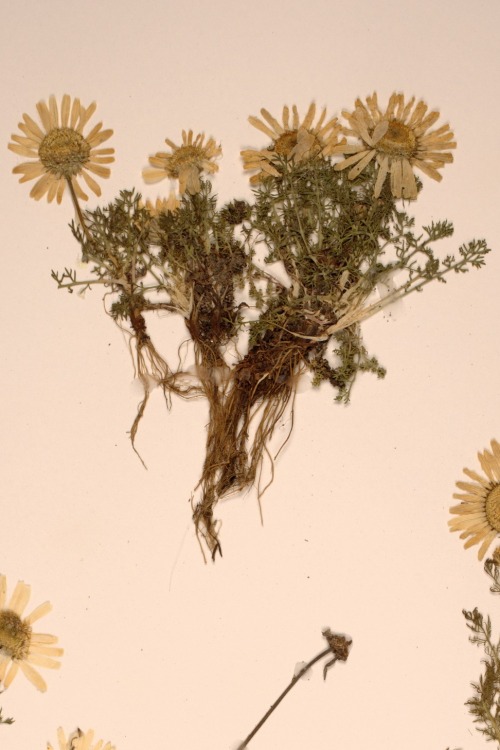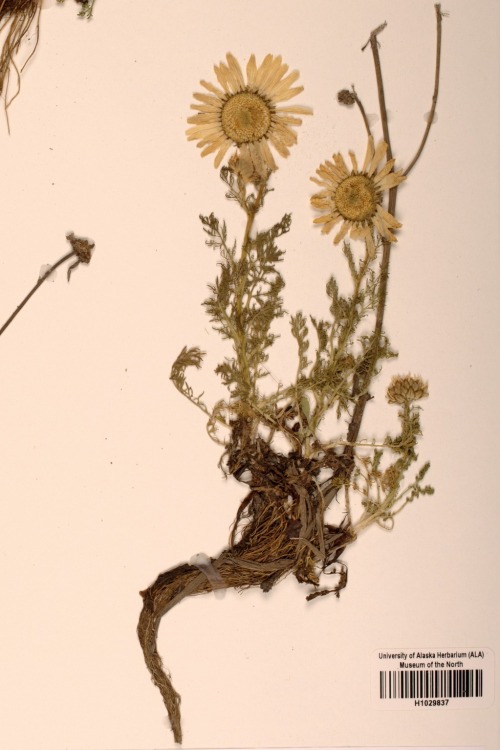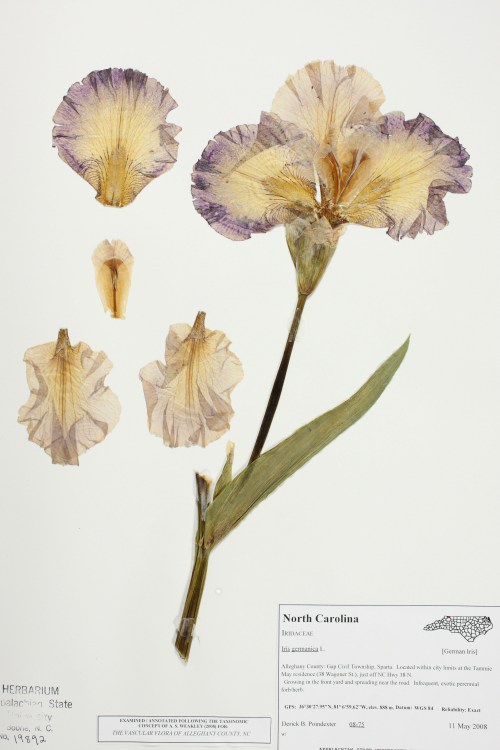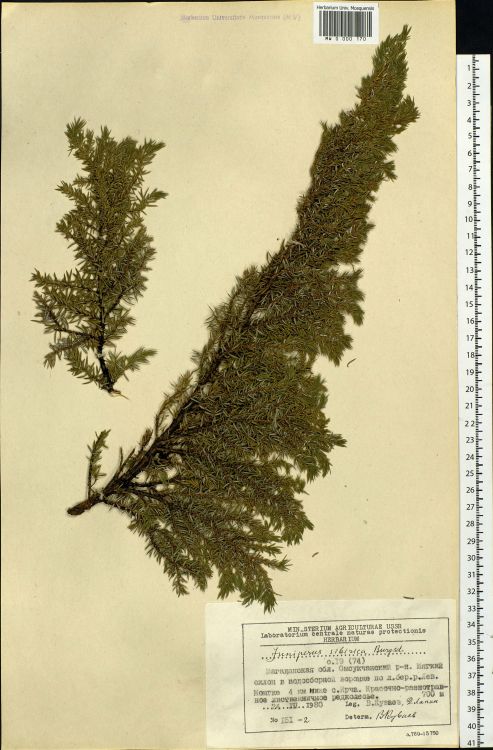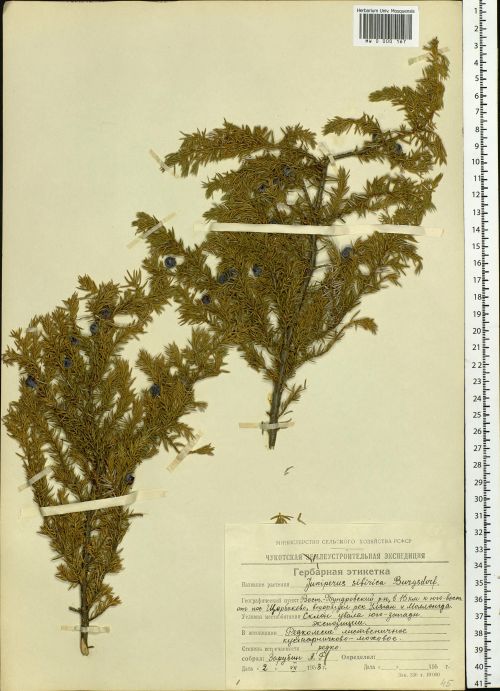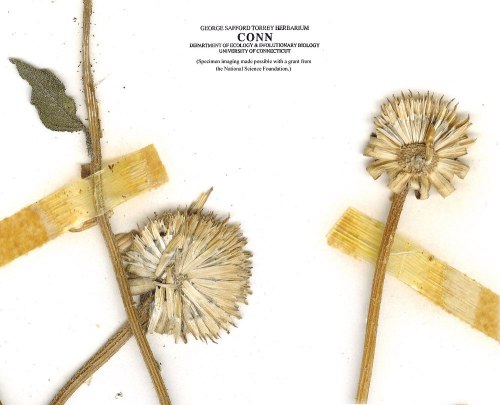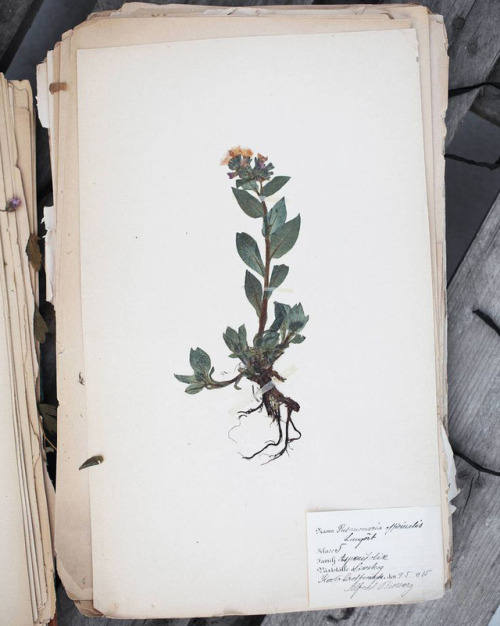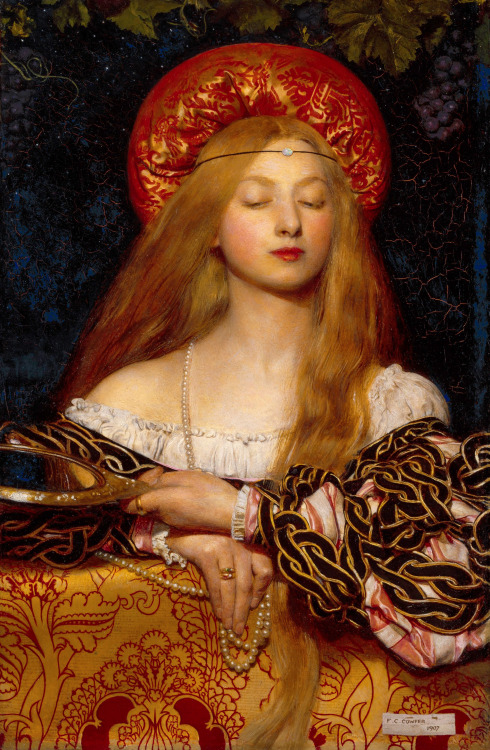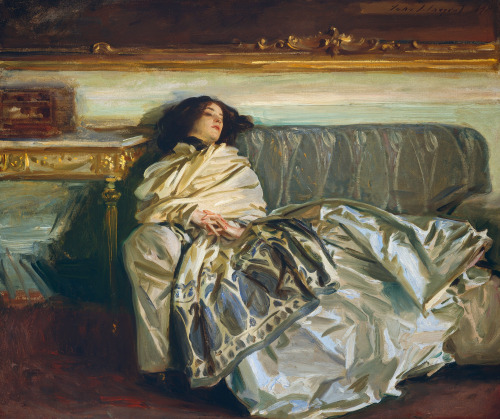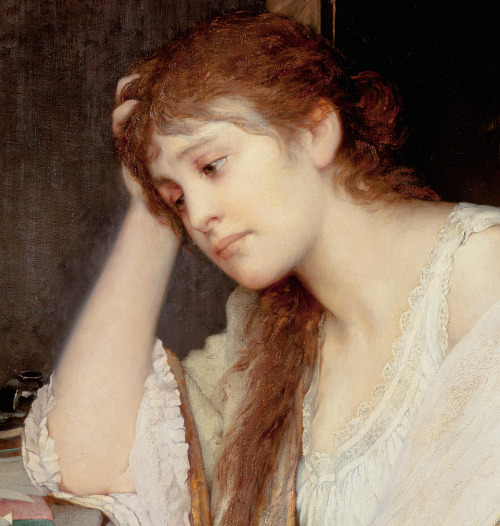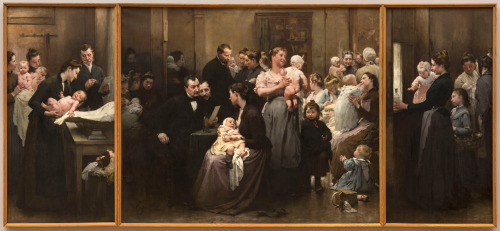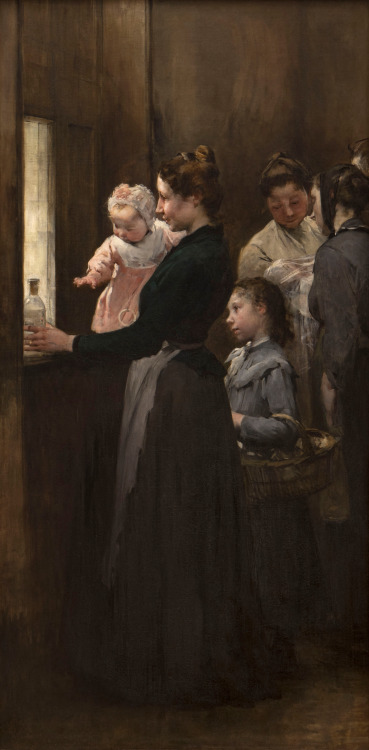#museum collection
Flora of the Canadian Arctic Archipelago
Veronica wormskjoldii
English: Speedwell, Wormskjold’s alpine speedwell
Post link
Artifact Road Trip - Maryland
 ALT
ALTA partial two-dollar bill issued by the Assembly of Maryland at Annapolis on March 5, 1770. It is payable in London at a rate of four shillings and sixpence (4s6d) sterling per dollar or equivalent in gold or silver. At the bottom of the bill are the original ink signatures of John Clapham and Robert Couden.
Find out more about this #ArtifactRoadTrip currency on our Digital Artifact Collection: https://fdr.artifacts.archives.gov/objects/10823
Follow along each week as we feature a different artifact in our Museum Collection from each of the United States.

Artifact Road Trip - Maine
 ALT
ALTA painting of the destroyer, USS ANDERSON, on patrol in Tenants Harbor, St. George, Maine, by Edwin Whitman. Commissioned in May 1939, the USS ANDERSON (DD-411), a Sims-class U.S. Navy destroyer, was named for Rear Admiral Edwin Alexander Anderson, Jr. The ship served in both the Atlantic and Pacific during WWII before being decommissioned in August 1946.
Find out more about this #ArtifactRoadTrip painting on our Digital Artifact Collection: https://fdr.artifacts.archives.gov/objects/29540
Follow along each week as we feature a different artifact in our Museum Collection from each of the United States.

Artifact Road Trip - Kentucky
 ALT
ALTDuring his far-flung wartime inspection tours, President Roosevelt often received models and other gifts from workers and staff in defense factories and military facilities. During the President’s April 30, 1943 inspection tour of Kentucky’s Fort Knox, Master Sergeant Ivan H. Howitz, gave FDR this model tank— a visual aid used at the base’s Armored Force School.
Find out more about this #ArtifactRoadTrip model on our Digital Artifact Collection: https://fdr.artifacts.archives.gov/objects/2546
Follow along each week as we feature a different artifact in our Museum Collection from each of the United States.

Artifact Road Trip - Georgia
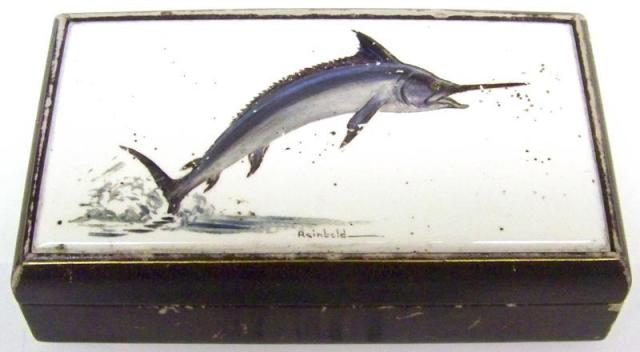 ALT
ALTThis box was sent to President Roosevelt by J. E. Ankus on June 23, 1941. Ankus was the parent of a polio patient admitted to the Warm Springs, Georgia, polio rehabilitation center established by FDR.
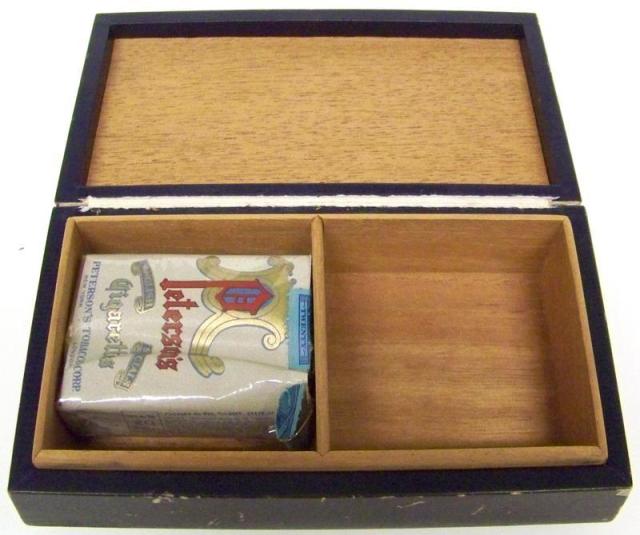 ALT
ALTFind out more about this #ArtifactRoadTrip cigarette box on our Digital Artifact Collection: https://fdr.artifacts.archives.gov/objects/29709
Follow along each week as we feature a different artifact in our Museum Collection from each of the United States.

We’d like to draw attention to someone integral to the museums at the University; Dr Annie Ure.

Annie was the first Curator of the Ure Museum of Greek Archaeology and was an expert on Greek and Egyptian Antiquities, and especially interested in Boeotian pottery. Annie and her husband, Percy, set up the Ure Museum. /
In 1911, Annie Dunman Hunt started studying Classics at the University. She was one of the first Classics graduates, but technically she had a London degree (Reading didn’t get its charter until 1926), and so, at the 50th anniversary celebrations of the charter, the University was able to honour Annie’s lifetime of service and scholarship with an honorary doctorate. She died ten days later, after receiving a stream of messages of congratulations and appreciation from scholars all over the world. She had been Honorary (i.e. unpaid) Curator of the Museum for 54 years.[source]
Annie has over 30 published works as an author, with more published as a joint venture with her husband. A list of her published works is available on the Ure Museum Website.
Thank you, Annie, for everything you did for the Museum and the University.

It’s time for another “What’s That?!” Wednesday!

Since we here in Reading were hit briefly by the Beast from the East (seriously? who chose that name?) this week we’ve chosen something that fits in that theme. Can you guess what it is?
Don’t worry if you can’t, because we’re about to tell you.

These are snow shoes!

We think they have Ash frames on them, but they have a webbing across them almost like a misshapen tennis racket, which gives them more grip on the snow. The leather straps running horizontally over them is to give them a bit more strength in their pressure points (or possibly to repair them).
These ones were worn by a gamekeeper in the late 1930′s in Hampshire.
The ties on the top are to tie them on to your feet… preferably over shoes, because they don’t give you any warmth in the snow at all!
You can find them at the Museum of English Rural Life or have a look here for all the information we have on them.
If you’re still being snowed in by the Beast, or you’re center stage for the face off between the Beast and Storm Emma why not have a look at how the Mewes Knitters have been volunteering and have provided our life-size plastic sheep with a lovely warm cardigan, and have hand made decorations and comfy cushions for the Shepherd’s Hut in the MERL garden!
John Everett Millais (1829-1896), The Bridesmaid, 1851, oil on panel, 27.9 x 20.3 cm. The Fitzwilliam Museum
-
Painted in 1851, ‘The Bridesmaid’ illustrates one of many Victorian marriage traditions. Victorians believed a bridesmaid would see a vision of her true love if she passed a piece of wedding cake through a ring nine times, a ritual depicted in Millais’ painting. This is not the only symbolism found in the painting. An orange blossom on the woman’s chest represents chastity. Read more
Post link
Frank Cadogan Cowper (1877-1958), Vanity, 1907, oil on panel, 57.1 x 38.1 cm. Royal Academy of Arts
-
The subject matter and composition of ‘Vanity’ are derived from Italian Renaissance painting. Cowper has bedecked his youthful beauty with jewels and given her a hand-mirror to signify vanity. She stands before a vine, heavy with ripe grapes, suggestive of abundance and pleasure. Read more
Post link
John Singer Sargent (1856-1925), Nonchaloir (Repose), 1911, oil on canvas, 63.8 x 76.2 cm. National Gallery of Art
-
The woman in Repose is Sargent’s niece, Rose-Marie Ormond. In keeping with his newfound preference for informal figure studies, Sargent did not create a traditional portrait; rather, he depicted Rose-Marie as a languid, anonymous figure absorbed in poetic reverie. The reclining woman, casually posed in an atmosphere of elegiac calm and consummate luxury, seems the epitome of nonchalance, the painting’s original title. Read more
Post link
Jean Geoffroy (1853-1924), “L'Œuvre de la goutte de lait” au dispensaire de Belleville (triptyque), 1903, oil on canvas, 254 x 548 cm. Petit Palais, musée des Beaux-arts de la Ville de Paris
Post link
From the Drayton Hall Collections: Elizabeth Bull Drayton’s Mourning Pendant

by Sarah Stroud Clarke, Archaeologist & Curator of Collections The Drayton Hall collections span centuries and generations of Drayton family members. This month we are highlighting an object that is related to the John Drayton (1715-1779) family through marriage. Pictured below is the front (left) and reverse (right) of a mourning pendant honoring Elizabeth Bull Drayton (c.1716-1751). Elizabeth…

